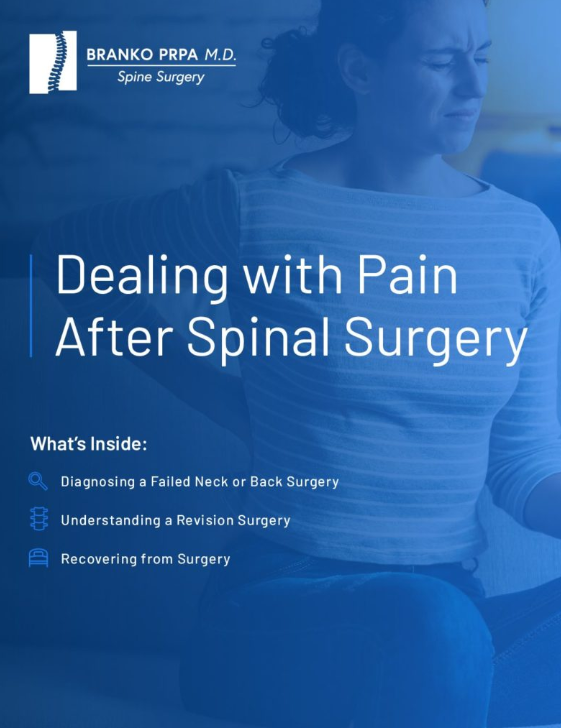Exercises for Patients Dealing with Lumbar Spinal Stenosis

Being diagnosed with a health problem can be nerve-racking. And that’s certainly the case when the condition you’ve been diagnosed with involves your spine, back or neck. No one wants their lifestyle or quality of life to suffer because of a health issue, which often happens with back problems. Luckily, if you’ve been told you have stenosis, there are some exercises you can do to manage and deal with your condition.
What is Lumbar Spinal Stenosis?
The definition of stenosis is “narrowing.” Spinal stenosis refers to a condition in which the spaces within your spine become narrower. When this happens, it typically puts pressure on the nerves in your spine. Spinal stenosis is often caused by wear and tear and changes that are the result of osteoarthritis.
There are several types of spinal stenosis that are classified based on where the condition is located on the spine. The two primary kinds of spinal stenosis are cervical stenosis and lumbar stenosis. Cervical stenosis is located on the spine in your neck while lumbar stenosis is found on the spine in your lower back.
What Are the Symptoms of Lumbar Spinal Stenosis?
Even if evidence of lumbar spinal stenosis is found on an MRI or CT scan, a patient may not experience any symptoms. For many patients who do experience the symptoms of lumbar spinal stenosis, their symptoms will often start slowly and get worse as time passes. The symptoms of lumbar spinal stenosis will vary depending on which nerves are affected by the condition.
Some common symptoms of lumbar spinal stenosis include:
- Numbness or tingling in a foot or leg
- Weakness in a leg or foot
- Pain or cramping in one or both of your legs when you walk or stand for extended periods of time, which can often be alleviated when you bend forward or sit down
- Pain in your back
Recommended Exercises
When it comes to managing your lumbar spinal stenosis, it’s vital for you to talk to your doctor before you start a new workout routine. It’s equally important to pay attention to your body as you exercise. If your pain worsens or you experience new pain, contact your doctor before you re-engage in physical activity.
Here are some exercises that are usually recommended for people who suffer from lumbar spinal stenosis:
- Walking
- Swimming or Water Therapy
- Stretching
- Bicycling
- Core Strengthening Exercises
- Tai Chi
Is Spinal Stenosis Surgery the Right Choice for You?
There are various things you can do to further alleviate the pain you experience from lumbar spinal stenosis. Ice treatments, heat therapy, massage and topical pain relievers may help in some instances. Pain medication, adjusting your posture and making dietary changes may also help reduce the pain your condition causes.
If you’ve tried everything but still experience pain that’s affecting your quality of life, it’s time to talk to a specialist about spinal stenosis surgery. For years, Dr. Branko Prpa has been the leading back specialist and spine surgeon in Wisconsin. With offices in the Kenosha and Milwaukee areas, Dr. Branko Prpa is well positioned to help you reclaim your quality of life. Make an appointment at the Branko PRPA M.D. medical office that’s closest to your location today.

